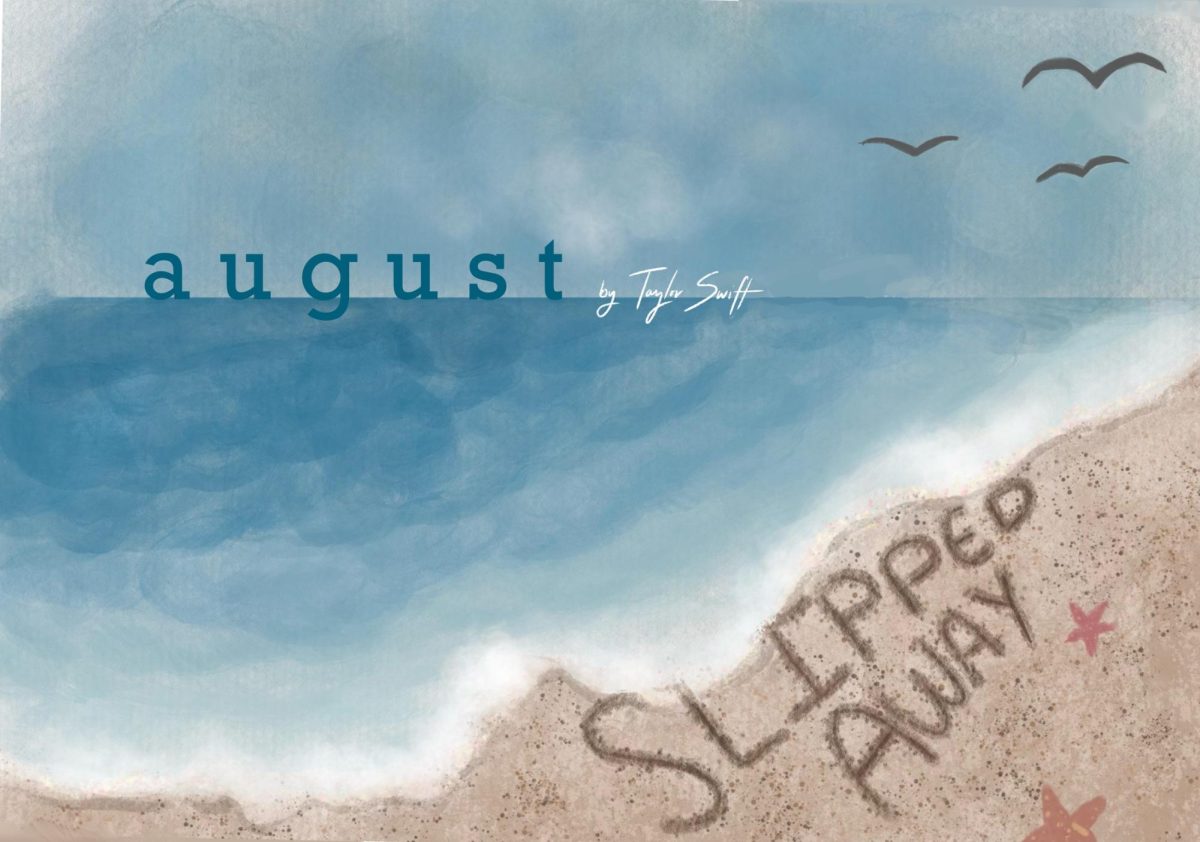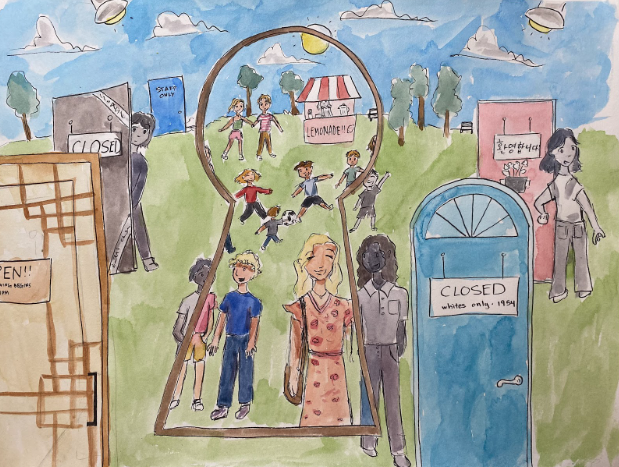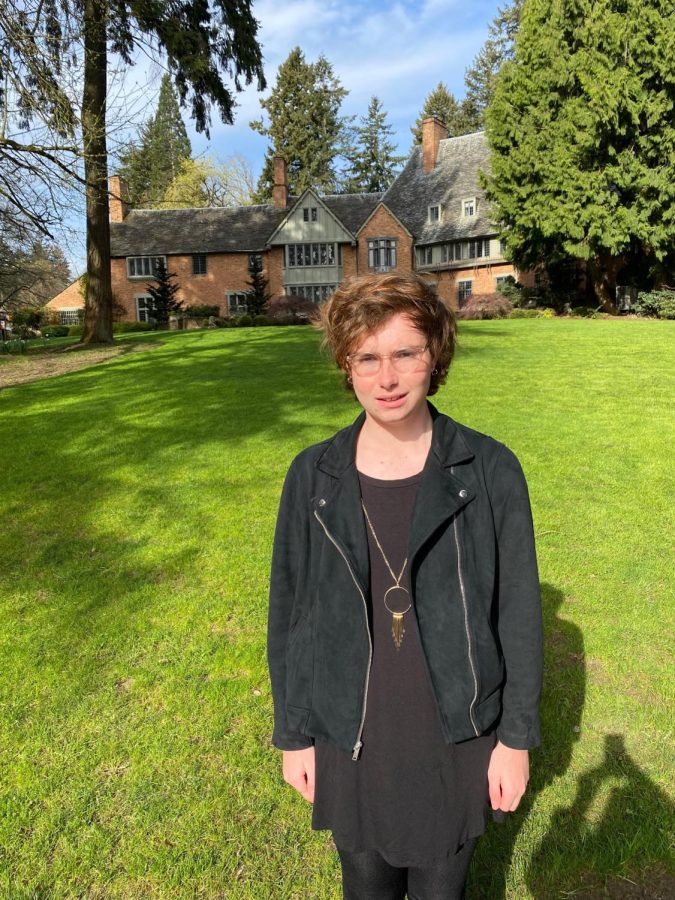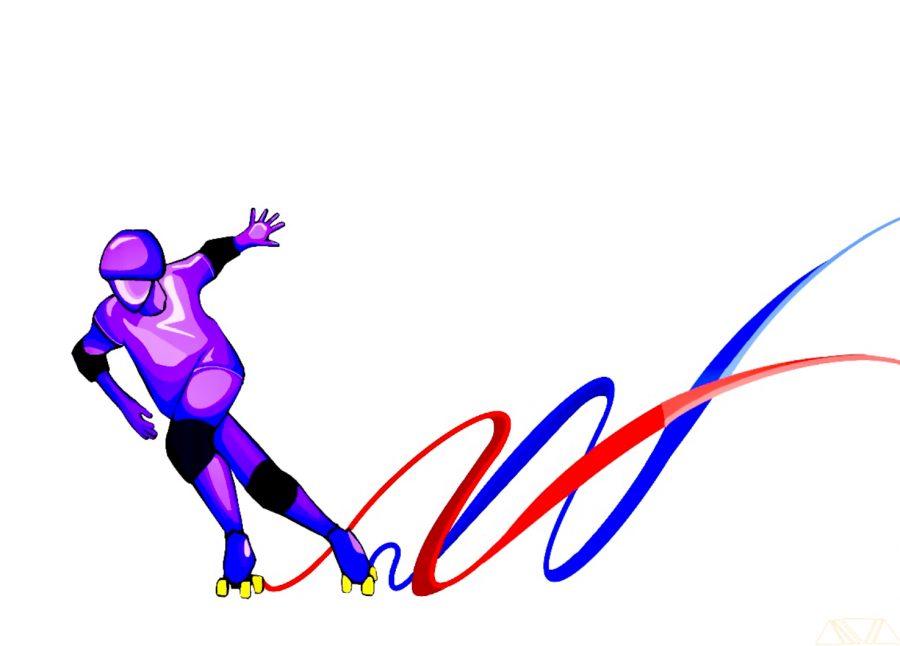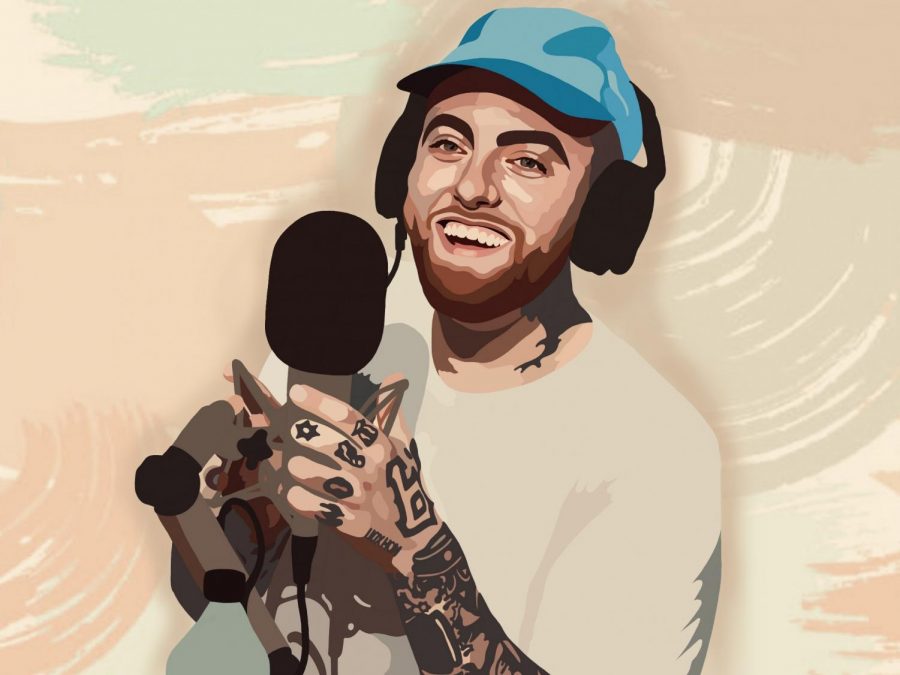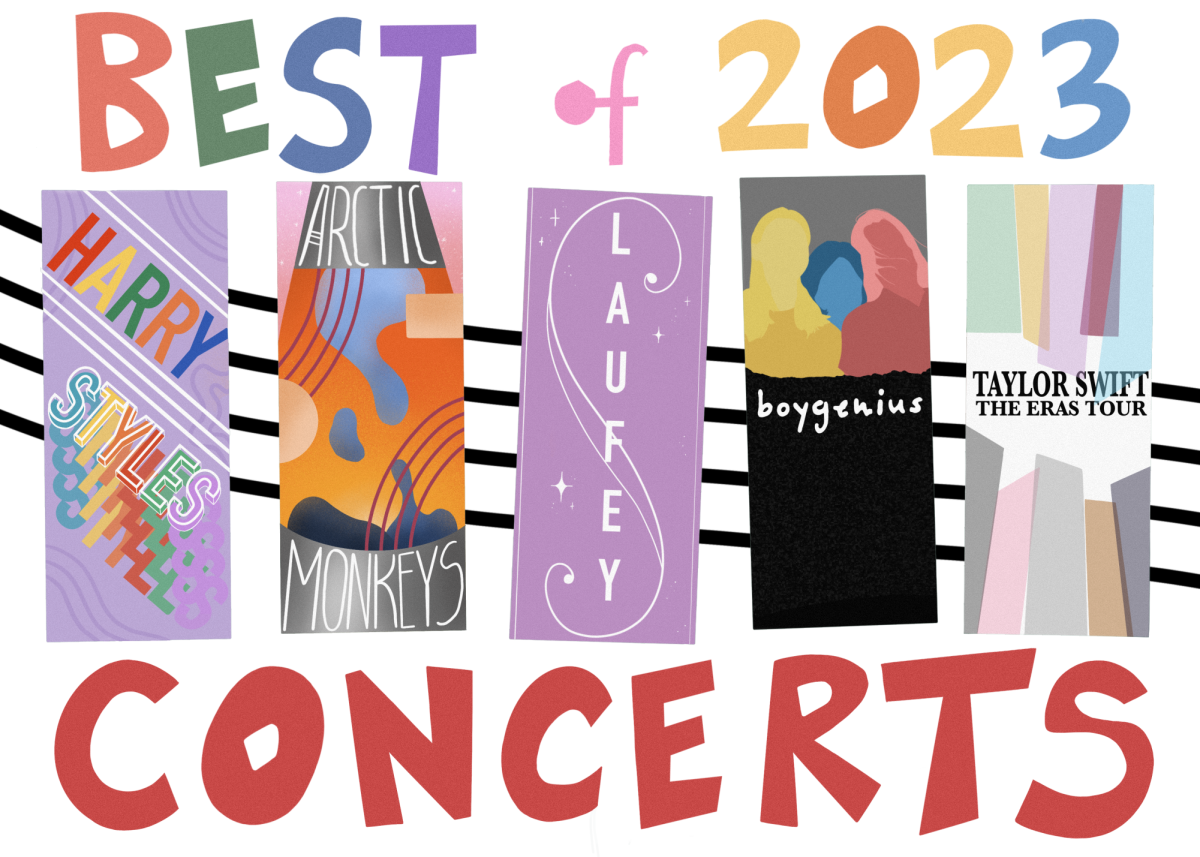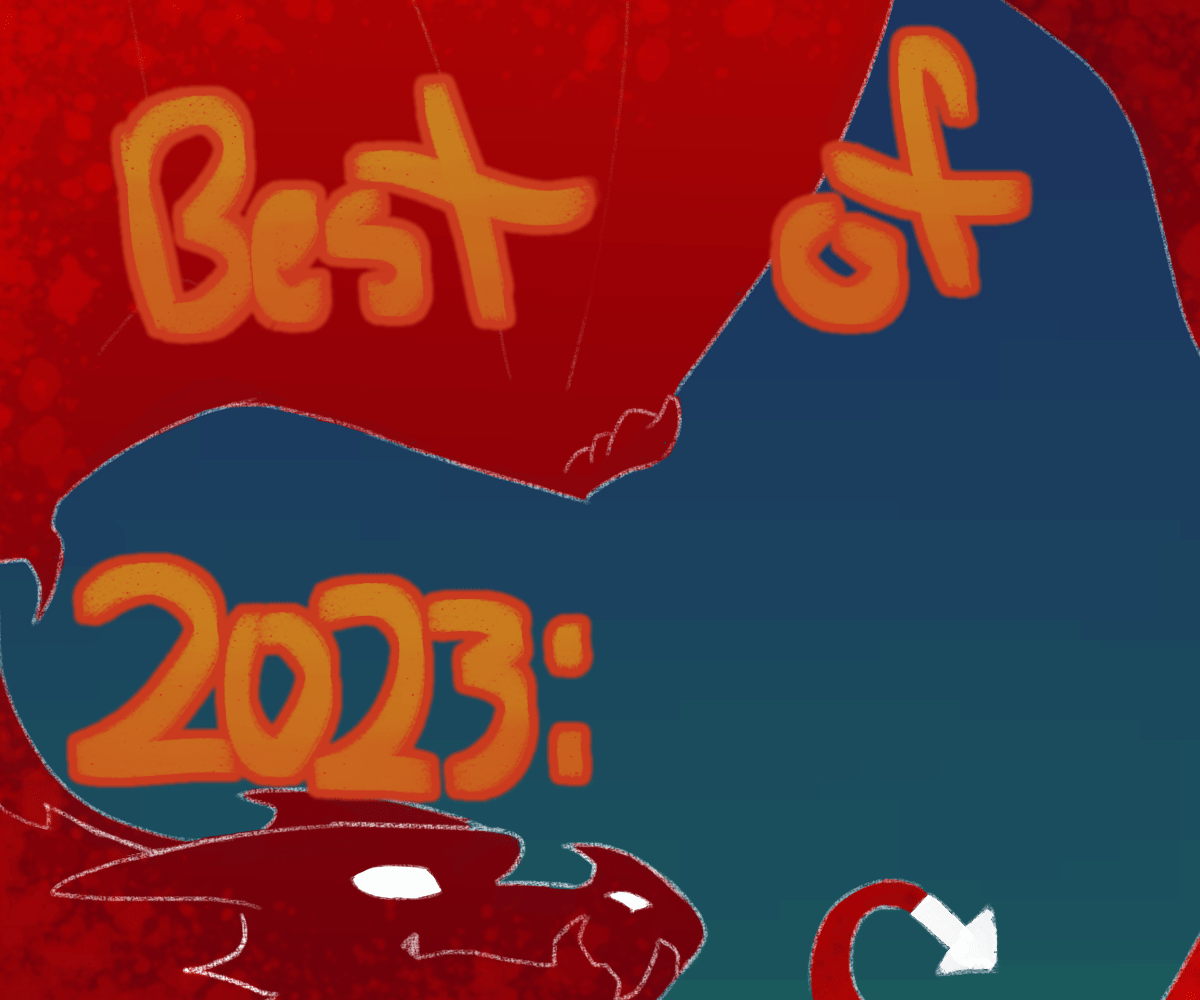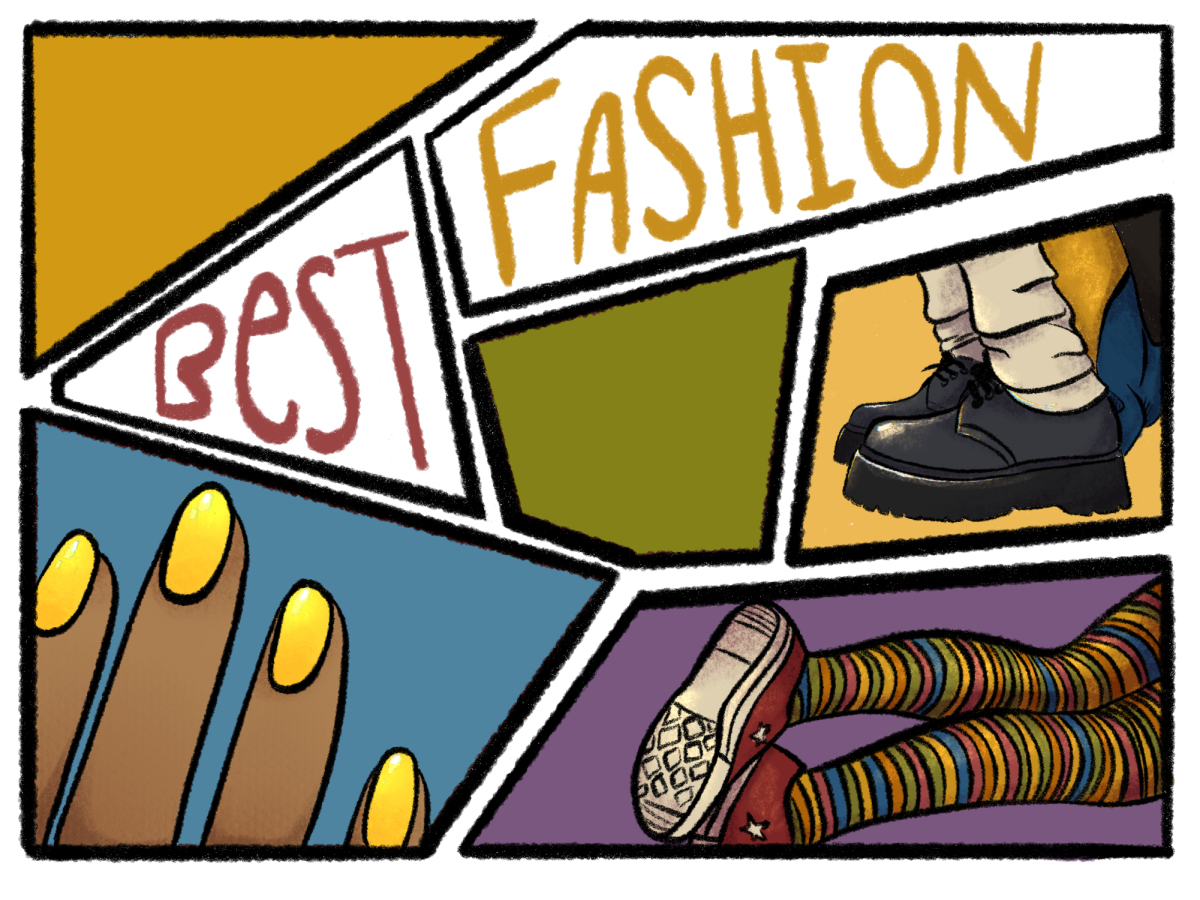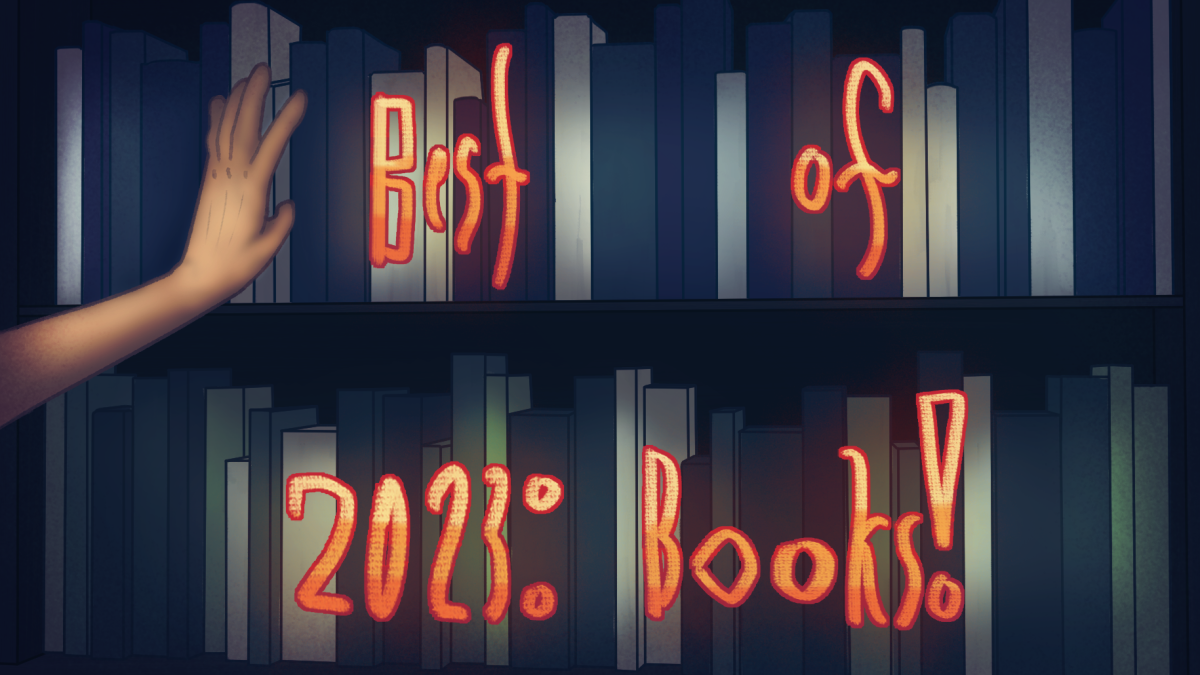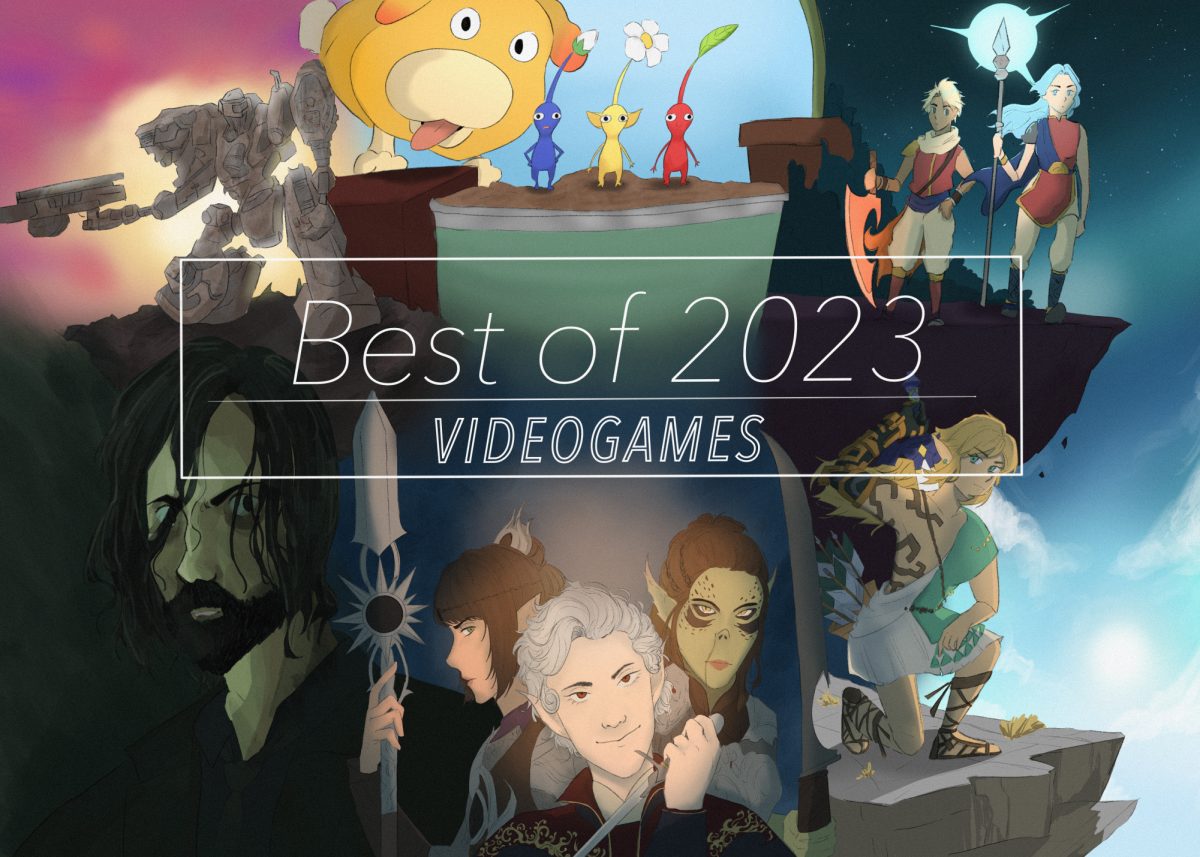Coffee, cup o’ joe, java. Many students at our school are avid drinkers of this staple American morning drink. But what is the darker face of our otherwise bright-and-early friend?
About two weeks ago our school hosted Red Ribbon Week. Members of our "useful" Associated Student Body passed out bracelets with the week’s motto: “I pledge to be drug free” prominently labeled.
And though many of us swore off marijuana or alcohol until the weekend, the multitude looked over the fact that the caffeine in coffee is considered to be an addictive stimulant.
Furthermore, studies have proven that it is, in many cases, more addictive than its estranged cousin, marijuana. It has also been linked to high-blood pressure, cardiac conditions, and irregular heartbeats in both genders. Women are hit especially hard by this caffeinated drink because it increases the probability of breast diseases, cancer, and osteoporosis.
But even with all of these health hazards, coffee has become a necessary evil in our society. But, how? People first began to drink coffee in American Dutch-ified cities such as New York and Philadelphia. Since then its popularity has skyrocketed because of celebrities and mainstream media.
As of 1999 there are a recorded 106,000,000 confirmed coffee drinkers in the US alone. This is something which shouldn’t come as a shock to us since there seems to be a Starbucks around every corner. With the gargantuan amount of coffee drinkers in our country, it has become apparent that coffee isn't just a trend; its part of our livelihood.
Especially around this time of year when exams and college applications flood students; the consummation of coffee seems to reach even newer heights. For most, it’s the only thing that grants them the ability to storm through a pile of work after a long and gruesome day. For others, it's just part of everyday life.
But I digress.
Even though this highly addictive drink is linked with various health concerns, we should acknowledge its positive features.
Surprisingly, coffee not only lowers the chance of having type two diabetes, but it also reduces the probability of contacting Parkinson’s disease and gallstones. Not to mention that with enough creamer and sugar it is a delightful treat for a rushed morning or a frozen afternoon.
I think that some kids drink coffee to get a boost of energy. Others to be trendy and the rest to feel grown up. Just remember when your up at 3 a.m. finishing your Trig homework/college application/physiology packet and your planning on serving yourself another cup of coffee; too much of anything is never a good thing.


